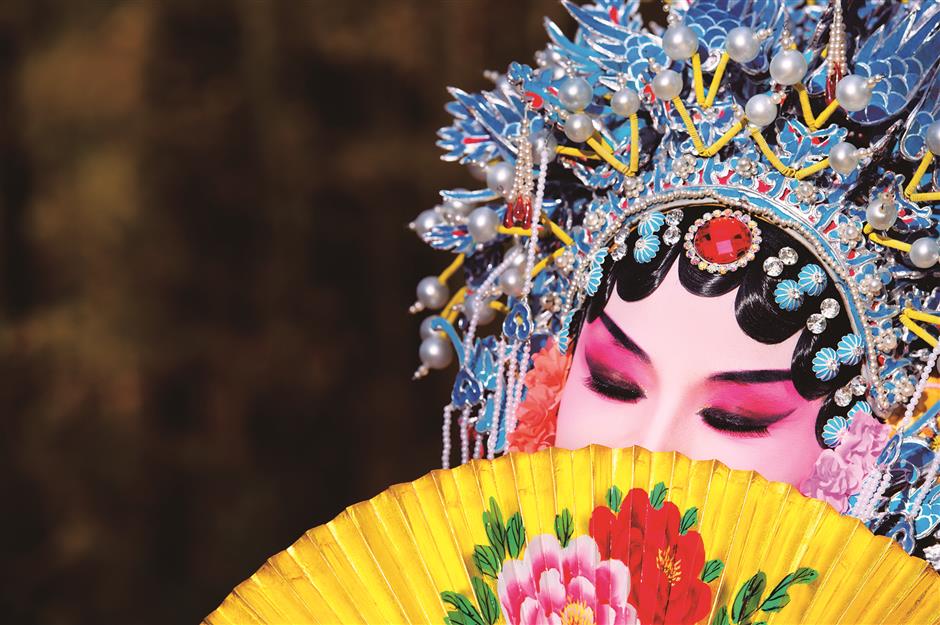
China, with its vast and diverse history, exhibits a wealth of heritage wonders. The time-honored culture of China constitutes an immense and diverse panorama woven over the course of time. In the ensuing discourse, we delve into some of the pillars of the timeless and captivating culture.
Among the many element of the culture of ancient China involves the vast array of intellectual schools of thought. Classical philosophers founded influential traditions, including Legalism, all of which shaped China’s social fabric significantly. These philosophies emphasize values like order, loyalty to family, as well as kindness, all of which persistently bear significance throughout modern China.
south red agate
An additional crucial component within China’s cultural heritage concerns its artistic expressions. China’s artistic heritage can be characterized by means of its emphasis with regard to harmony, along with the inherent relevance attributed to penmanship. Through historic Chinese painting and ceramics, such art forms exhibit a understanding for artistry present in Chinese traditional culture.
Furthermore art and philosophy, the culture of ancient China moreover incorporates diverse traditions as well as events. Such events, such as the Lunar New Year, Mid-Autumn Festival, and also Duanwu Festival, aim to reinforce community connections and preserve the nation’s traditional identity. All celebration is associated with specific customs, cuisine, as well as performances, demonstrating China’s varied traditional tapestry.
Further, China’s cultural heritage also is evident through the architecture. From historic temples to traditional dwellings, Chinese architecture displays a focus on harmony, proportion, as well as a integration to the natural environment. These structural designs stand as a vivid testament of China’s vibrant heritage legacy.
To sum up, the culture of ancient China is a complex and also enduring mosaic of ideology, art, customs, celebrations, and architecture. Such aspects not just depict China’s varied past, but additionally function as a foundation for the growth of present-day Chinese society. By way of embracing as well as conserving these unique traditional gems, we can achieve an enhanced grasp about the nation’s essence, and also enhancing our worldwide traditional knowledge.
Diving into China’s Traditional Riches: A Unique Perspective
Categories:
Tags:
Leave a Reply